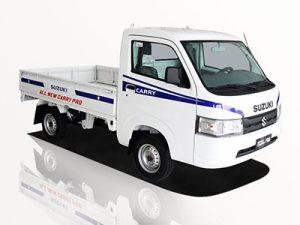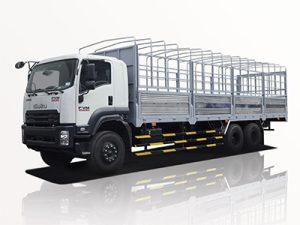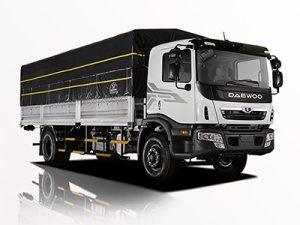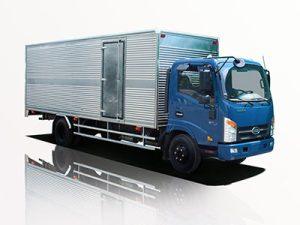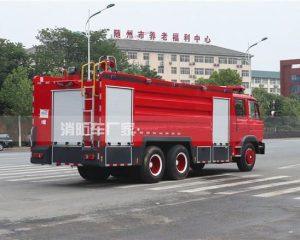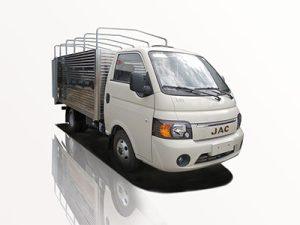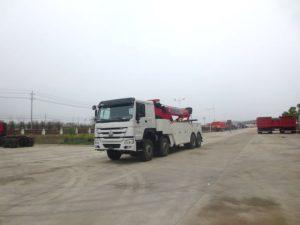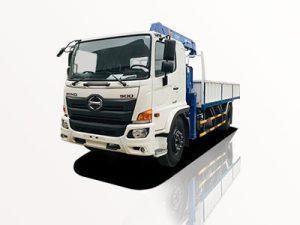Monday to Saturday - 8:00 -17:30
Understanding the Trash Collector Truck: An In-Depth Guide
In our modern world, waste management plays a crucial role in maintaining cleanliness and ensuring a sustainable environment. One of the most visible and vital components of waste management is the trash collector truck. In this comprehensive article, we will explore everything related to trash collector trucks, from their design and types to their operation, benefits, and maintenance. Whether you’re interested in environmental sustainability, municipal services, or simply curious about how your trash gets collected, this guide will provide valuable insights.
What is a Trash Collector Truck?
A trash collector truck, commonly known as a garbage truck, is a specially designed vehicle utilized for collecting municipal solid waste from residential and commercial areas. These trucks serve as the backbone of waste management systems, ensuring that collected waste is transported to landfill sites or recycling centers. Equipped with various technologies and mechanisms, trash collector trucks are engineered for efficiency, safety, and environmental responsibility.
Types of Trash Collector Trucks
1. Rear Loader Trucks
Rear loader trucks are among the most common types of trash collector trucks. They feature a hopper at the rear, where waste is loaded by manual labor or automated systems. These trucks are ideal for residential areas, as they allow for easy access to dumpsters and trash bins.
Key Features:
- Hopper capacity: Usually between 9 to 12 cubic yards.
- Operated by one or two personnel.
- Ideal for narrow streets and low-volume collection.
2. Side Loader Trucks
Side loader trucks are designed to pick up waste from the side of the vehicle using automated arms. This type of truck is gaining popularity for its efficiency and safety, as it allows operators to stay in the cab while collecting trash.
Key Features:
- Hoppers accommodate larger volumes, typically 15 to 30 cubic yards.
- Can handle both residential and commercial waste.
- Reduces manual labor and speeds up collection time.
3. Front Loader Trucks
Primarily used for commercial purposes, front loader trucks feature a large open container at the front, which can lift and empty dumpsters into the truck. These vehicles are often seen in large retail areas and industrial zones.
Key Features:
- Capacity ranges from 20 to 40 cubic yards.
- Highly efficient for high-volume waste collection.
- Can operate in tight spaces with controlled lifting.
4. Compressed Natural Gas (CNG) Trucks
With an increasing focus on reducing carbon footprints, many municipalities are adopting trash collector trucks powered by compressed natural gas. These vehicles produce fewer emissions compared to traditional diesel trucks.
Key Features:
- Lower greenhouse gas emissions.
- Longer operational life span due to less engine wear.
- Quieter operation, beneficial for urban areas.
How Trash Collector Trucks Work
The operation of trash collector trucks involves multiple steps to ensure efficient and effective waste collection. Understanding these operations helps appreciate the complexity of the waste management process.
Operational Steps:
- Route Planning: Trucks follow pre-designed routes to optimize collection time and fuel consumption.
- Collection: Using either manual or automated systems, waste is loaded into the truck’s hopper.
- Compaction: Many trucks feature compaction systems that compress waste to maximize capacity.
- Transport: The loaded truck transports waste to designated landfill or recycling sites.
- Unloading: At the destination, waste is unloaded, often with the use of hydraulic systems.
Benefits of Trash Collector Trucks
The use of trash collector trucks provides numerous benefits that contribute to improved waste management practices and environmental health.
1. Efficiency in Waste Collection
Premium waste collection services are essential for maintaining urban cleanliness. Trash collector trucks are designed for rapid collection and can cover large areas in a short amount of time.
2. Environmental Impact
Modern trash collector trucks are increasingly environmentally friendly, featuring low-emission engines and promoting recycling initiatives. They minimize the carbon footprint associated with waste transport.
3. Safety for Workers
Automated features in newer trash collector trucks reduce the need for workers to manually lift heavy loads, thereby lowering the risk of injuries.
Maintenance of Trash Collector Trucks
Regular maintenance is crucial for trash collector trucks to ensure their longevity and efficiency. Neglecting maintenance can lead to operational failures and costly repairs.
1. Routine Inspections
Trucks should undergo routine inspections, including checks on brakes, tires, lights, and hydraulic systems to ensure safe operations.
2. Engine Maintenance
Regular oil changes and engine checks help maintain optimal performance. Following the manufacturer’s recommendations for service intervals is critical.
3. Cleaning and Washing
Keeping the truck clean not only improves its appearance but also enhances its lifespan by preventing rust and wear.
4. Training Operators
Proper training for operators on truck handling and safety protocols reduces the risk of accidents and improves overall efficiency.
Innovations in Trash Collector Trucks
The waste management industry is continually evolving, and several innovations are being integrated into trash collector trucks.
1. GPS Technology
Incorporating GPS technology allows for real-time tracking of waste collection routes, leading to better route management and reduced fuel consumption.
2. Automated Collection Systems
Automation in waste collection is on the rise, with many trucks now equipped with robotic arms that maximize efficiency and minimize labor needs.
3. Smart Trucks
Smart technology provides trucks with the ability to communicate with waste management systems, optimizing routes, and providing data analytics on waste collection trends.
Practical Examples of Trash Collector Truck Usage
Trash collector trucks are employed across various sectors, demonstrating their versatility and essential role in waste management.
1. Municipal Waste Collection
Most cities utilize trash collector trucks for residential waste collection, scheduling pickups on a weekly basis to maintain cleanliness in neighborhoods.
2. Commercial Waste Management
Businesses often require specialized waste collection services, utilizing front loader trucks for efficient pickup from commercial dumpsters.
3. Construction Waste Collection
During construction projects, larger trucks are often hired to manage debris and excess materials, providing a necessary service to contractors.
FAQ Section
What are the different types of trash collector trucks?
The main types include rear loader, side loader, front loader, and CNG-powered trucks, each with its own specific uses and benefits.
How often are trash collector trucks operational?
This varies by municipality, but typically, residential pickups occur weekly, while commercial pickups can happen several times a week.
What is the standard lifespan of a trash collector truck?
On average, a trash collector truck can last between 8 to 15 years, depending on maintenance and usage patterns.
How do garbage trucks reduce environmental impact?
Many modern trucks are equipped with low-emission engines and focus on promoting recycling, significantly reducing their carbon footprint.
What should be done if a trash collector truck has an accident?
It’s essential to report the incident to the municipal waste management authority, document damages, and ensure that the safety protocols are followed.
Can people recycle with trash collector trucks?
Many municipalities offer recycling services, often using separate trucks or dedicated compartments for collecting recyclable materials.


